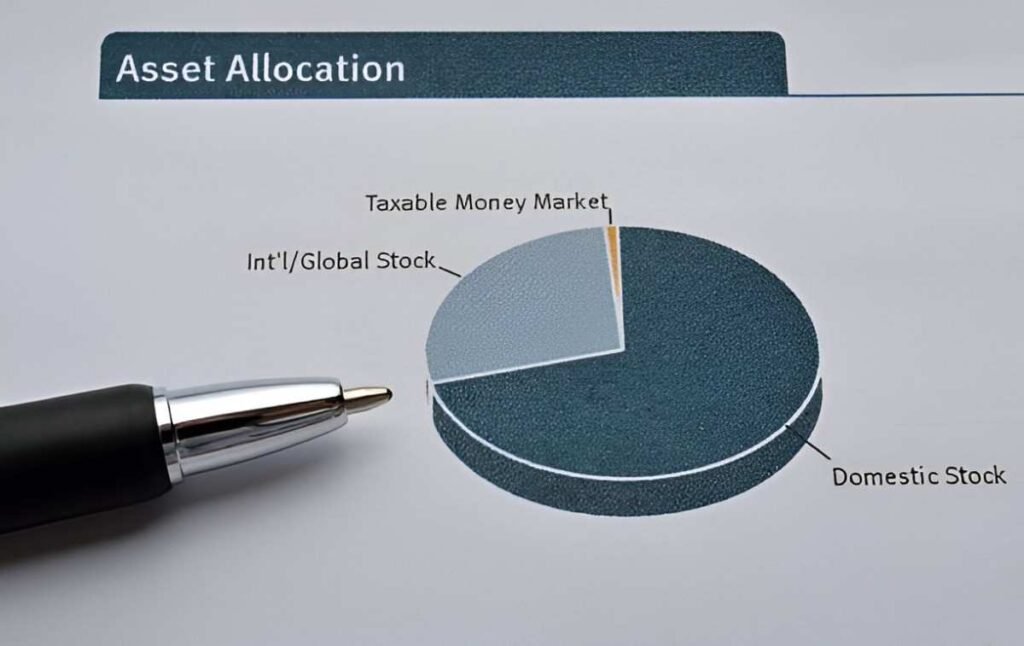As a finance expert, I understand that asset allocation forms the backbone of any investment strategy. The way you distribute your investments across different asset classes—stocks, bonds, real estate, and cash—depends largely on your risk tolerance. In this guide, I break down how to align your portfolio with your risk profile, ensuring you maximize returns without losing sleep over market volatility.
Table of Contents
Understanding Risk Profiles
Before diving into asset allocation, I need to define risk profiles. Investors typically fall into one of three categories:
- Conservative – Prefers capital preservation over growth.
- Moderate – Seeks a balance between growth and stability.
- Aggressive – Prioritizes high returns, tolerates significant volatility.
Your risk profile depends on factors like age, financial goals, income stability, and emotional tolerance for market swings. A young professional with a stable job might lean aggressive, while a retiree may prefer conservative allocations.
The Role of Asset Classes
Each asset class carries distinct risk-return characteristics:
- Stocks (Equities) – High growth potential, high volatility.
- Bonds (Fixed Income) – Lower returns, but more stable.
- Real Estate & Commodities – Acts as inflation hedges but illiquid.
- Cash & Equivalents – Safest, but lowest returns.
The key lies in blending these assets to match your risk appetite.
Mathematical Framework for Asset Allocation
Modern Portfolio Theory (MPT), introduced by Harry Markowitz, suggests that diversification minimizes risk without sacrificing returns. The expected return of a portfolio E(R_p) is calculated as:
E(R_p) = \sum_{i=1}^n w_i E(R_i)Where:
- w_i = weight of asset i in the portfolio
- E(R_i) = expected return of asset i
Portfolio risk (standard deviation) \sigma_p is:
\sigma_p = \sqrt{\sum_{i=1}^n \sum_{j=1}^n w_i w_j \sigma_i \sigma_j \rho_{ij}}Where:
- \sigma_i, \sigma_j = standard deviations of assets i and j
- \rho_{ij} = correlation between assets i and j
A well-diversified portfolio reduces \sigma_p by combining assets with low or negative correlations.
Sample Asset Allocations by Risk Profile
Conservative Investor (30% Stocks / 60% Bonds / 10% Cash)
A retiree might prioritize income and stability. A sample allocation:
| Asset Class | Allocation (%) | Expected Return | Risk (Std Dev) |
|---|---|---|---|
| Large-Cap Stocks | 20% | 7% | 15% |
| Treasury Bonds | 50% | 3% | 5% |
| Corporate Bonds | 10% | 4% | 7% |
| Cash (Money Market) | 20% | 2% | 1% |
Portfolio Expected Return:
E(R_p) = 0.20 \times 7 + 0.50 \times 3 + 0.10 \times 4 + 0.20 \times 2 = 3.8\%Portfolio Risk:
Assuming correlations:
- Stocks & Bonds: \rho = -0.2
- Bonds & Cash: \rho = 0.1
This portfolio offers stability with minimal volatility.
Moderate Investor (60% Stocks / 35% Bonds / 5% Cash)
A mid-career professional might opt for this balance.
| Asset Class | Allocation (%) | Expected Return | Risk (Std Dev) |
|---|---|---|---|
| US Stocks | 50% | 8% | 16% |
| International Stocks | 10% | 9% | 18% |
| Corporate Bonds | 30% | 4% | 7% |
| Cash | 10% | 2% | 1% |
Portfolio Expected Return:
E(R_p) = 0.50 \times 8 + 0.10 \times 9 + 0.30 \times 4 + 0.10 \times 2 = 6.3\%This mix provides growth while mitigating risk.
Aggressive Investor (85% Stocks / 10% Bonds / 5% Alternatives)
A young investor with a long horizon might favor high-growth assets.
| Asset Class | Allocation (%) | Expected Return | Risk (Std Dev) |
|---|---|---|---|
| US Growth Stocks | 50% | 10% | 20% |
| Emerging Markets | 20% | 12% | 25% |
| High-Yield Bonds | 10% | 6% | 10% |
| REITs | 10% | 7% | 15% |
| Crypto | 10% | 15% | 60% |
Portfolio Expected Return:
E(R_p) = 0.50 \times 10 + 0.20 \times 12 + 0.10 \times 6 + 0.10 \times 7 + 0.10 \times 15 = 10.5\%The high return comes with substantial volatility.
Adjusting Allocation Over Time
Your risk profile changes with age and circumstances. A common strategy is the “120 minus age” rule for stock allocation:
\text{Stock Allocation} = 120 - \text{Current Age}For a 30-year-old:
120 - 30 = 90\% \text{ in stocks}For a 60-year-old:
120 - 60 = 60\% \text{ in stocks}This ensures gradual de-risking as retirement nears.
Behavioral Considerations
Investors often make emotional decisions—selling in downturns or chasing hype. A disciplined approach prevents costly mistakes. Dollar-cost averaging (DCA) helps mitigate timing risks.
Tax Efficiency in Asset Allocation
Place high-growth assets (stocks) in taxable accounts and bonds in tax-deferred accounts (like IRAs) to optimize after-tax returns.
Final Thoughts
Asset allocation isn’t static. I recommend reviewing your portfolio annually or after major life events. By aligning investments with your risk tolerance, you enhance long-term success without undue stress.




